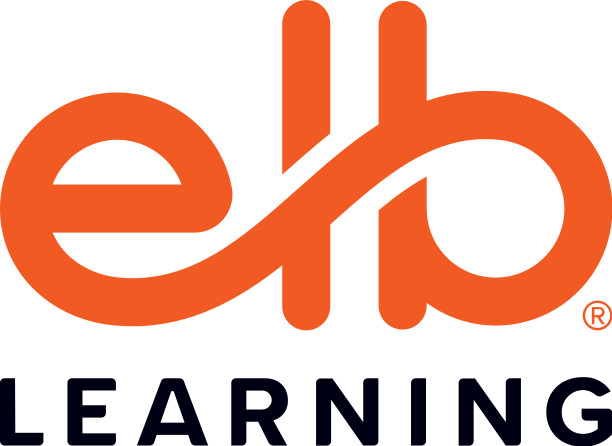ATD Blog
Change Management Strategies to Help Your Organization Embrace AI
Thu Mar 14 2024

Artificial intelligence (AI) swept into the business world like a tornado. This storm of technological innovation left IT, L&D, and HR scrambling to come up with plans and policies to help individual contributors take advantage of the benefits of AI without making job roles obsolete or risking confidential company or client data.
Is it possible to develop an AI-ready culture that thrives on skills development, mindset shifts, and continuous learning?
Michael Hruska, president/CEO of Problem Solutions, and Christina Barss, chief transformation officer at Problem Solutions, believe so. They champion the idea that with “computers in the group, humans in the loop,” organizations can integrate AI into their daily operations and become more effective without losing the human element that makes each organization unique.
Why Augment Your Organization With Artificial Intelligence?
Integrating AI into your organization can help you:
Create a vibrant, adaptive learning environment, and unlock the power of collective intelligence.
Empower your teams to make better decisions faster.
Automate routine tasks and processes, freeing up time for more strategic thinking.
Organizations may experience some pushback or fear from employees. The common refrain of “AI is coming for my job” has been echoing across industries. That’s where change management comes in.
Let’s look at some effective strategies for mitigating resistance and fostering employee engagement in the face of AI advancements.
Following these strategies from AI experts Hruska and Barss can help empower teams to feel confident and prepared for technological changes.
The Role of Change Management
Change management is a way of structuring a methodical transformation for an organization, for a specific or focused event. Beyond that, change leadership is about helping leaders guide their people and create psychologically safe spaces. Both are necessary when adapting to such a seismic shift.
Barss recommends applying Drucker’s Model of Leadership when creating an AI change management plan.
Leading Self: Ask yourself how you’re going through the change prompted by AI? What is it you fear you might be missing out on?
Leading Teams: How are your colleagues around you dealing with the changes from AI?
Leading Organizations: All of that builds up to how organizations are handling these changes.
Peter Drucker, who was often called “the father of modern management,” believed that leadership was established through character and that personal values should not be fenced off from business practices.
When creating a change management plan, organizations should emphasize skills development, mindset shifts, and continuous learning. Change leaders should look at workforce trends and identify what upskilling might be needed to prepare employees for new roles and opportunities created by AI.
How to Mitigate Resistance
A successful change management plan will enhance engagement among employees facing AI integration.
Here are three types of employee resistance you might encounter:
Technological: The fear of incompetence or not having the necessary skill set. This is where upskilling plays a pivotal role in change management.
Psychosocial: Employees can fear change. In this case, it’s important to be setting up the culture of your organization to have a growth mindset.
Organizational: Governance, equity, ethics—organizations need to have policies and procedures set in place that embrace AI in a way that works for the organization.
Empowering Your Team
Lastly, develop actionable strategies to make sure your team feels empowered and confident in the face of AI advancements. Design thinking strategies can play a pivotal role here.
For example, you can easily do an empathy map exercise with your team to identify what employees in various roles say, think, feel, and are doing in response to potential AI tool integration. This helps your team feel like they’re being heard and lets you identify gaps that need to be addressed in your change management plan.
A result of all this discovery and discussion could be that you need to identify an internal AI champion or bring in an outside team to bring your employees up to speed on AI. Consider workshops (elblearning.com/ai-services) that will upskill your team on prompt creation, LLMs, and more.
By building a culture of learning and upskilling, promoting a growth mindset, and empowering individual contributors, you can set your organization up for a successful integration of artificial intelligence tools.

